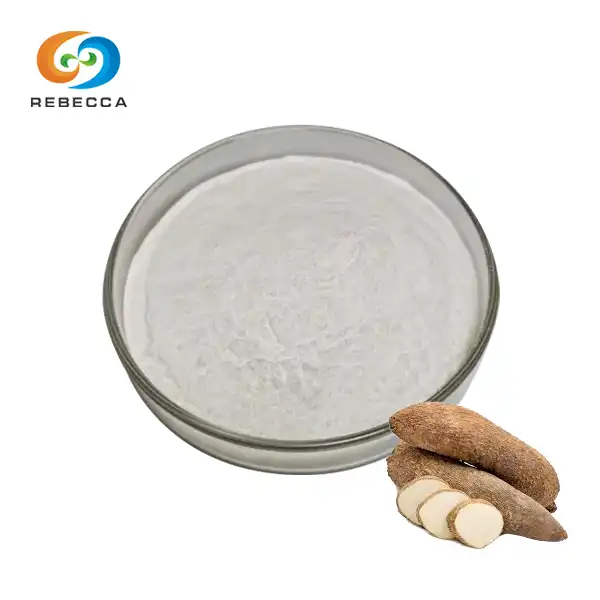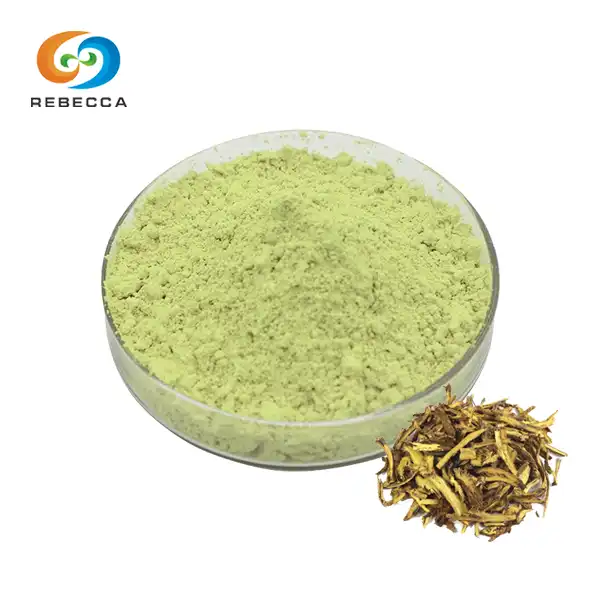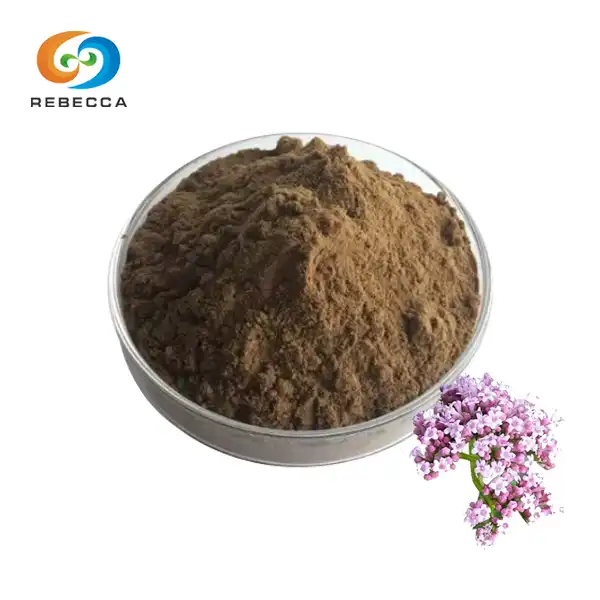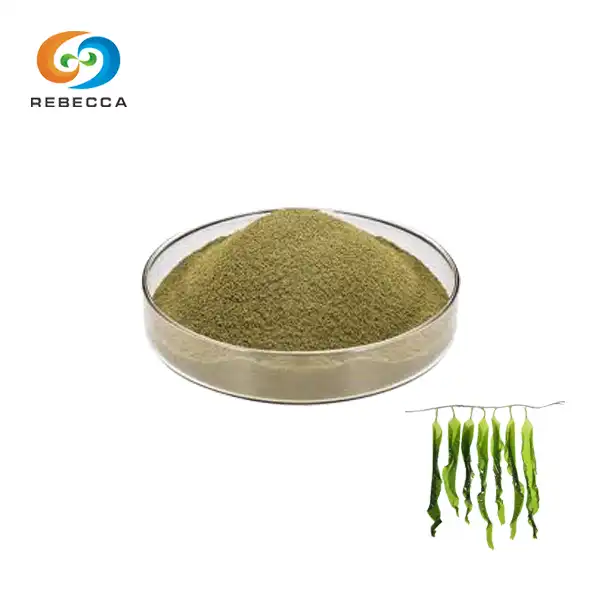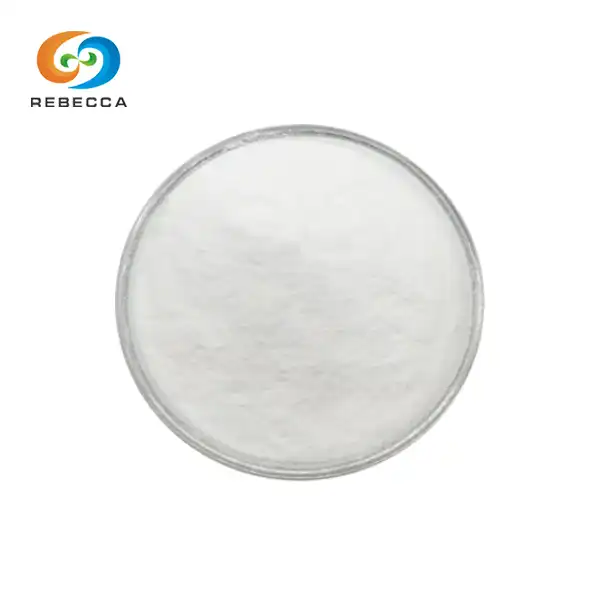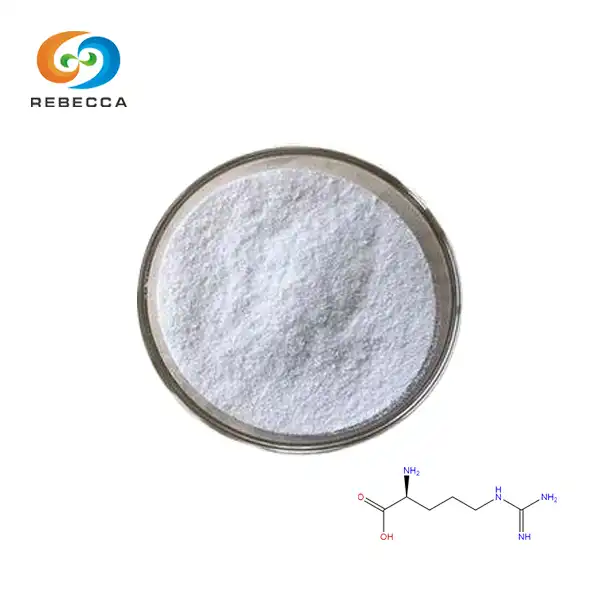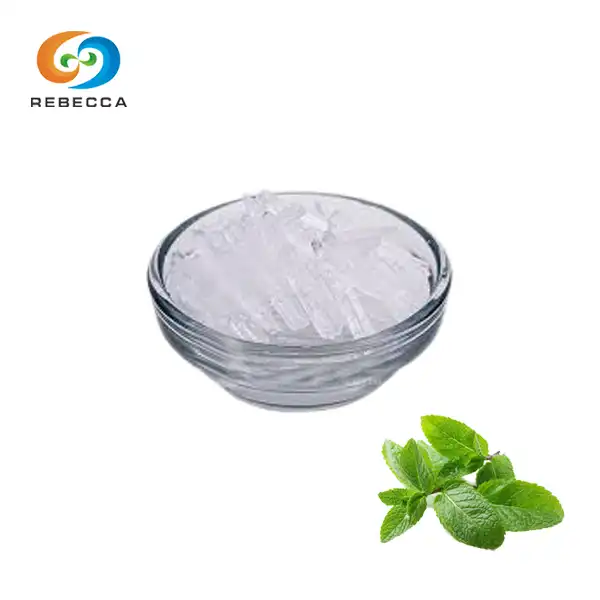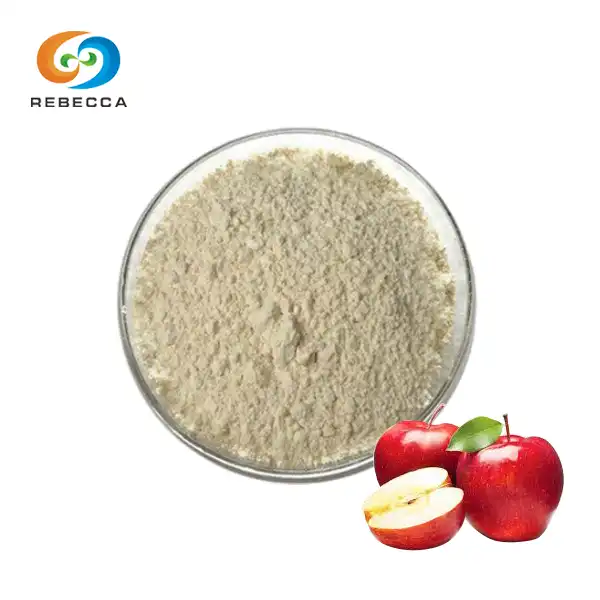What is Glabridin used for?
Glabridin, a key component extracted from licorice root, has gained significant attention in the skincare industry for its multifaceted benefits. This powerful flavonoid has been the subject of numerous studies, revealing its potential in addressing various skin concerns. In this comprehensive guide, we'll explore the uses of glabridin extract, its function in skincare products, and its effectiveness in treating hyperpigmentation and aging.
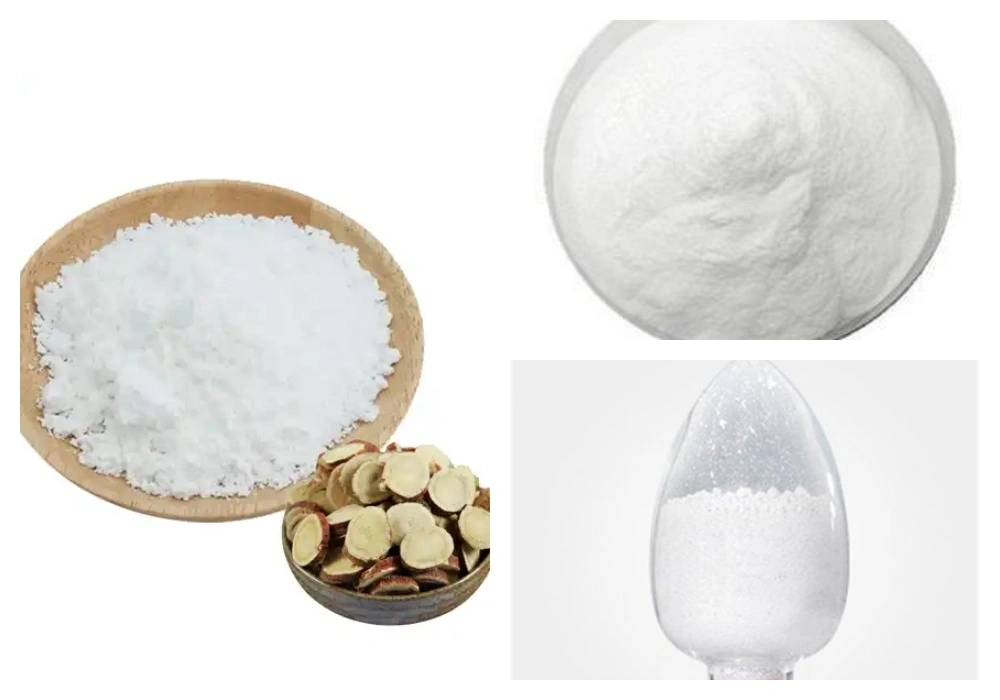
What is Glabridin and How Does It Function in Skincare Products?
Glabridin is a natural compound found in the root of the licorice plant (Glycyrrhiza glabra). It belongs to the isoflavone class of flavonoids and is known for its potent antioxidant and anti-inflammatory properties. In skincare formulations, glabridin powder is often used to target specific skin issues and improve overall skin health.
The primary functions of glabridin in skincare products include:
- Tyrosinase Inhibition: Glabridin is a powerful inhibitor of tyrosinase, an enzyme crucial in melanin production. By suppressing this enzyme's activity, glabridin can help reduce hyperpigmentation and promote a more even skin tone.
- Antioxidant Protection: As a potent antioxidant, glabridin helps neutralize free radicals, protecting the skin from oxidative stress and environmental damage. This property contributes to its anti-aging effects.
- Anti-inflammatory Action: Glabridin has demonstrated significant anti-inflammatory properties, making it beneficial for soothing irritated skin and reducing redness.
- Skin Brightening: By inhibiting melanin production and dispersing existing pigment, glabridin can help brighten the skin and fade dark spots.
These diverse functions make pure glabridin powder a valuable ingredient in various skincare formulations, from serums and creams to targeted treatments for specific skin concerns.

Is Glabridin Effective for Hyperpigmentation?
Hyperpigmentation, characterized by dark patches or spots on the skin, is a common concern for many individuals. Glabridin has shown promising results in addressing this issue, making it a popular ingredient in skin-brightening products.
Several studies have demonstrated the efficacy of glabridin in treating hyperpigmentation:
- A study published in the Journal of Investigative Dermatology found that glabridin inhibited tyrosinase activity and melanin production in cultured B16 murine melanoma cells without affecting DNA synthesis. This suggests that glabridin can effectively reduce pigmentation without causing cellular toxicity.
- Another research paper in the International Journal of Molecular Sciences highlighted glabridin's ability to inhibit both tyrosinase activity and melanin production in human melanocytes. The study also noted that glabridin could potentially be used as a skin-lightening agent in cosmetics.
- A clinical trial involving 20 women with melasma showed that a cream containing 0.5% glabridin extract significantly improved skin lightness and reduced the appearance of dark spots after 8 weeks of use.
These findings underscore the potential of glabridin extract as an effective treatment for hyperpigmentation. However, it's important to note that results may vary depending on the concentration of glabridin used, the specific formulation, and individual skin types.

Can Glabridin Help with Anti-Aging?
Beyond its skin-brightening properties, glabridin has also shown promise in anti-aging skincare. The compound's antioxidant and anti-inflammatory properties contribute to its potential anti-aging effects:
- Protection Against UV Damage: Glabridin has been found to protect the skin from UV-induced damage, which is a major contributor to premature aging. A study in the Journal of Agricultural and Food Chemistry demonstrated that glabridin could inhibit UVB-induced skin damage and inflammation in hairless mice.
- Collagen Protection: Research suggests that glabridin may help preserve collagen, a protein crucial for maintaining skin elasticity and firmness. A study in the Archives of Pharmacal Research found that glabridin protected collagen from degradation caused by UV radiation.
- Reduction of Oxidative Stress: As a potent antioxidant, glabridin powder helps neutralize free radicals that can accelerate skin aging. This protection against oxidative stress can help maintain a youthful appearance.
- Anti-Inflammatory Effects: Chronic inflammation can contribute to premature aging. Glabridin's anti-inflammatory properties may help combat this effect, potentially slowing down the aging process.
While these findings are promising, it's important to note that more extensive human clinical trials are needed to fully establish glabridin's efficacy as an anti-aging ingredient. However, the current research suggests that glabridin extract could be a valuable addition to anti-aging skincare routines.

Glabridin Extract For Sale
Glabridin has emerged as a versatile and promising ingredient in skincare, offering benefits for hyperpigmentation, skin brightening, and potentially anti-aging. Its ability to inhibit tyrosinase activity, protect against UV damage, and provide antioxidant support makes it a valuable component in various skincare formulations.
As research continues to unfold, we can expect to see more innovative applications of glabridin in skincare products. However, it's crucial to remember that while glabridin shows great potential, individual results may vary. As with any skincare ingredient, it's advisable to consult with a dermatologist before incorporating glabridin-based products into your routine, especially if you have sensitive skin or specific skin concerns.
Rebecca Bio-Tech is a professional pure glabridin powder manufacturer with stable quality and the most competitive price. We produce over 1000kgs per year. For more product information, please contact us at information@sxrebecca.com to request samples, and detailed specifications or to discuss your custom requirements.
References
- Yokota, T., Nishio, H., Kubota, Y., & Mizoguchi, M. (1998). The inhibitory effect of glabridin from licorice extracts on melanogenesis and inflammation. Pigment Cell Research, 11(6), 355-361.
- Haraguchi, H., Ishikawa, H., Mizutani, K., Tamura, Y., & Kinoshita, T. (1998). Antioxidative and superoxide scavenging activities of retrochalcones in Glycyrrhiza inflata. Bioorganic & Medicinal Chemistry, 6(3), 339-347.
- Wang, Z. Y., & Nixon, D. W. (2001). Licorice and cancer. Nutrition and Cancer, 39(1), 1-11.
- Nerya, O., Vaya, J., Musa, R., Izrael, S., Ben-Arie, R., & Tamir, S. (2003). Glabrene and isoliquiritigenin as tyrosinase inhibitors from licorice roots. Journal of Agricultural and Food Chemistry, 51(5), 1201-1207.
- Amer, M., & Metwalli, M. (2000). Topical liquiritin improves melasma. International Journal of Dermatology, 39(4), 299-301.
